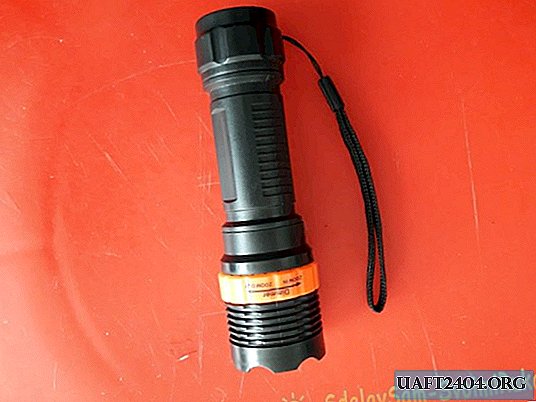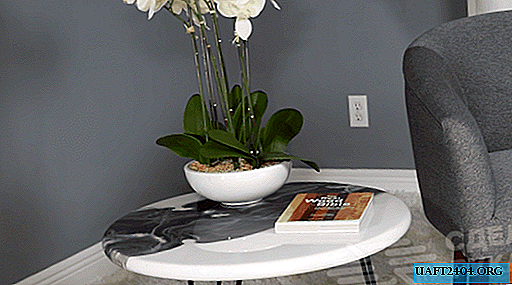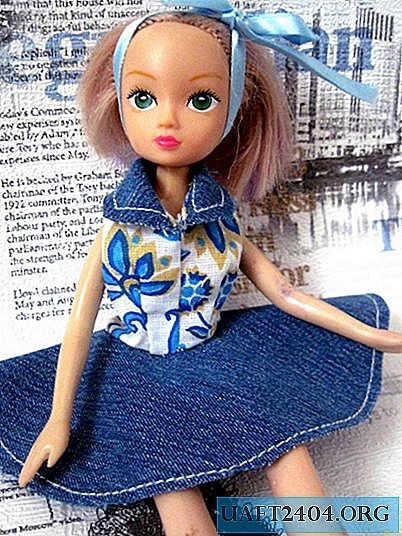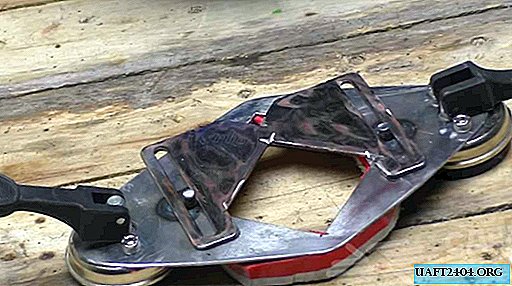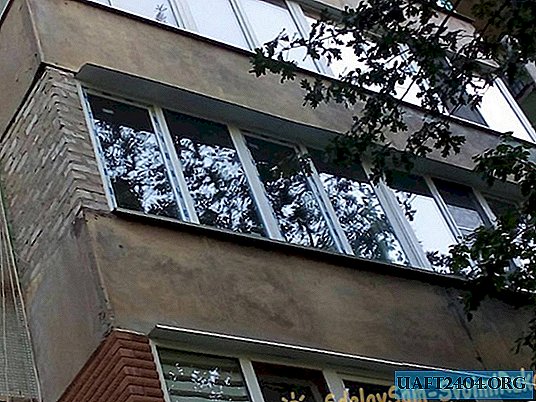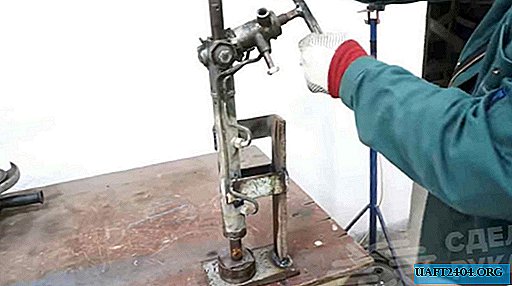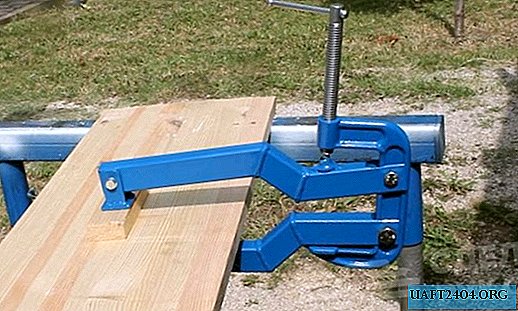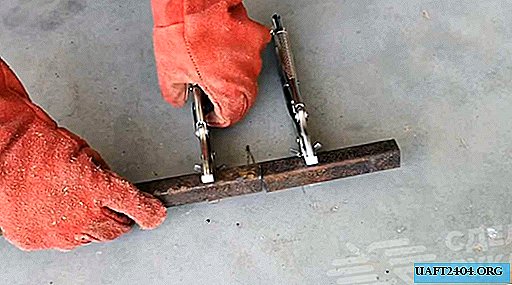Share
Pin
Tweet
Send
Share
Send
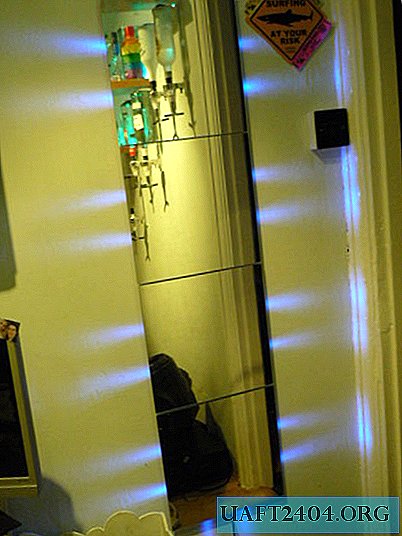

This is my first master class, and I am very proud of it. I would like to share something truly interesting. This project is quite flexible, and if you have extra time for it, you can always do something more accurate or better.
Note: In my version, the illumination turns on when the general light in the room is turned on, and not vice versa. For example, I do not like a lot of light when I'm going to sleep, so it automatically fades away.
And it is not necessary to include a dimmer in the electric circuit, you can simply configure it to turn it on and off. It all depends on your preference. Assembly time takes about 5-6 hours.
What do you need
Materials:
- - a mirror or a set of mirrors;
- - 2.5 m square dowel (10 x 10 mm);
- - mounting glue;
- - the material on which the mirror will be mounted.
Of electrical components:
- - LEDs - preferably half as much as the thickness of the plug. I used 20 pieces with a blue glow. Depending on the design of your mirror or your preferences, you can take more or less;
- - the wires are not thick, which can withstand a voltage of 20 V. Usually, wires for connecting the speaker system are suitable for these purposes;
- - Power Supply. I used a 4.5 V adapter with 400 mAh;
- - solder.
- - fee;
- - transistor;
- - photoresistor.
If you want the backlight of the mirror to glow a little when you turn off the main lighting, then you need a resistor. Before I found an option that would work, I had to try many resistors. I don’t know much about the components of electric networks, so I tried everything in a simple way until I got the desired result.
We start manufacturing




First, cut the dowel into 10 separate segments. My mirrors are about 30 cm in size, so I made segments of 15 cm each.
I worked with 4 mirrors. The upper one had two side elements of a nagel and one upper. The two mirrors below had only two side mirrors, because the light would not be visible if it was directed upward at an adjacent mirror. And the bottom mirror will have two side elements and one bottom.
Ideally, you need to mark the place of cutting, and at what angle you will do the sawing.
If there is time, then the dowel must be cut off at an angle of 45 degrees so that they are perfectly adjacent to each other.
Drill holes and insert LEDs






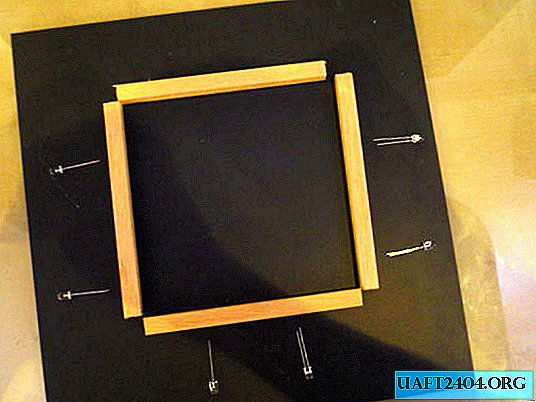



Now, if your bulbs have a certain frame, then it can be used. If not, the normal option would be to insert the LED lamps into the tree.
Hint: Do not stick them until you are sure that the light is distributed correctly, otherwise an ugly picture will turn out.
Now we drill holes in the tree, they must be symmetrical. Do not forget to put something in, otherwise insert a drill into your favorite table. I used the box for an electric drill.
In order to ensure that the plug was securely fixed during operation and did not scroll, I tightened it with a clamp.
After making holes, insert the LEDs in them.
But it's too early to glue!
Important: I forgot to take a picture of this, but you will need another hole in the middle to supply the wire from the power supply, and another one next to the photoresistor. Based on aesthetic preferences, I let the power supply wire in the center, and the photoresistor aside.
Hint: How to solder LED lamps without cutting wires





Cut the plastic insulation of each wire, but without violating the integrity of the cores.
Using nails (if any), forcefully push apart the plastic at the incision site, thus exposing a short span of veins.
Grab the inside of the electrical wire with wire cutters.
Without biting the vein, pull it out a little.
This work can make you sweat. For me, this parallel connection method seemed the fastest and best.
Solder the LEDs.
Remember: LED lamps work only with a certain connection, so before you solder, make sure that everything works.
Soldering lamps and gluing wood






Make a note at what depth you will light bulbs. They should not stick out from under the mirror. I fixed them 7 cm deeper than the edge.
This work may seem tedious, but turning on your favorite song you won’t notice when everything is already done. Do not forget to test the lighting, paying attention to the angle of incidence of the rays from the lamps.
If you have single-color wires, then on one for distinction you can make some notes. LEDs have one terminal longer than the other, so you can distinguish the cathode from the anode.
You can think of something like a rule: "a wire with a strip goes to the long terminal of the diode."
Although this is not visible in the photo, I had an inscription on one wire.
When applying glue, do not pour it a lot, because when pressed, the wooden structure can float. To press the wooden frame, I put other mirrors on it. Meanwhile, he continued to solder LEDs for them.
The wire should go from one mirror to another.
Adding Connection Elements


You may need to remove the mirror from the wall sometime, then let it not take long. To be able to fix the mirrors one at a time, they must be connected to each other using connectors.
For convenience, I glued one of the elements of the connector to the mirror.
Check



We did most of the work on the project, so it's time to check how everything works. Check the power source on one light element. If suddenly the power supply turns out to be too powerful, then not all lamps will burn out.
How to find out that the power of the adapter is too strong?
If the light is first bright and then darkened, then most likely you ruined the lamp.
If the light is first emitted, and then the lamp goes out, then it burst. In this case, the LED may become hot, blacken or its shell may be broken.
If the light remains bright, then everything is fine, but if the LED lamp heats up, then you are overloading it. The heat emitted by such light elements should be slight or imperceptible.
If you are building an electric circuit with an element of smooth dimming, the brightness level of the lamps can drop by 20-30%. This must be taken into account.
Below is a photo of how everything should look. Notice how the connection from one mirror to another works.
So, after everything is soldered and glued, we proceed to the next stage.
Power and circuit
My scheme:

And this is the reverse action, turns on when dimming.




Now, if you did not have any problems, we proceed to a more complex work. I do not need to be very versed in circuits, but I needed basic knowledge, because I did not really like the mirror in this design.
But, if everything suits you, add a switch, connect the power supply. Use double-sided tape or screws to fix the mirrors, that's all.
But if you want to make a simple scheme, we continue to read.
You will need a transistor, various resistors and a photoresistor. I suffered a lot with this scheme for a long time. Through trial and error, I found the appropriate settings. Here are some things to keep in mind:
- In bright daylight or artificial light, you need to carefully experiment with the power supply so as not to burn the lamps.
- if with the help of resistors you want to adjust a very light glow in the dark, when adjusting the room should be completely darkened from other light sources.
Final part


To respond to external light sources, the photoresistor was glued to the base of the mirror. I would prefer to place it on top, but the connectors that I used were not designed for three pins. There are ways around this, but I decided to leave everything less complicated.
Now that the bulk of the work has been done, it remains to fix the mirrors on the wall. I used double-sided tape on a foam basis.
Obviously, before mounting the mirrors, you need to check the lighting again. All.
Original article in English
Share
Pin
Tweet
Send
Share
Send

